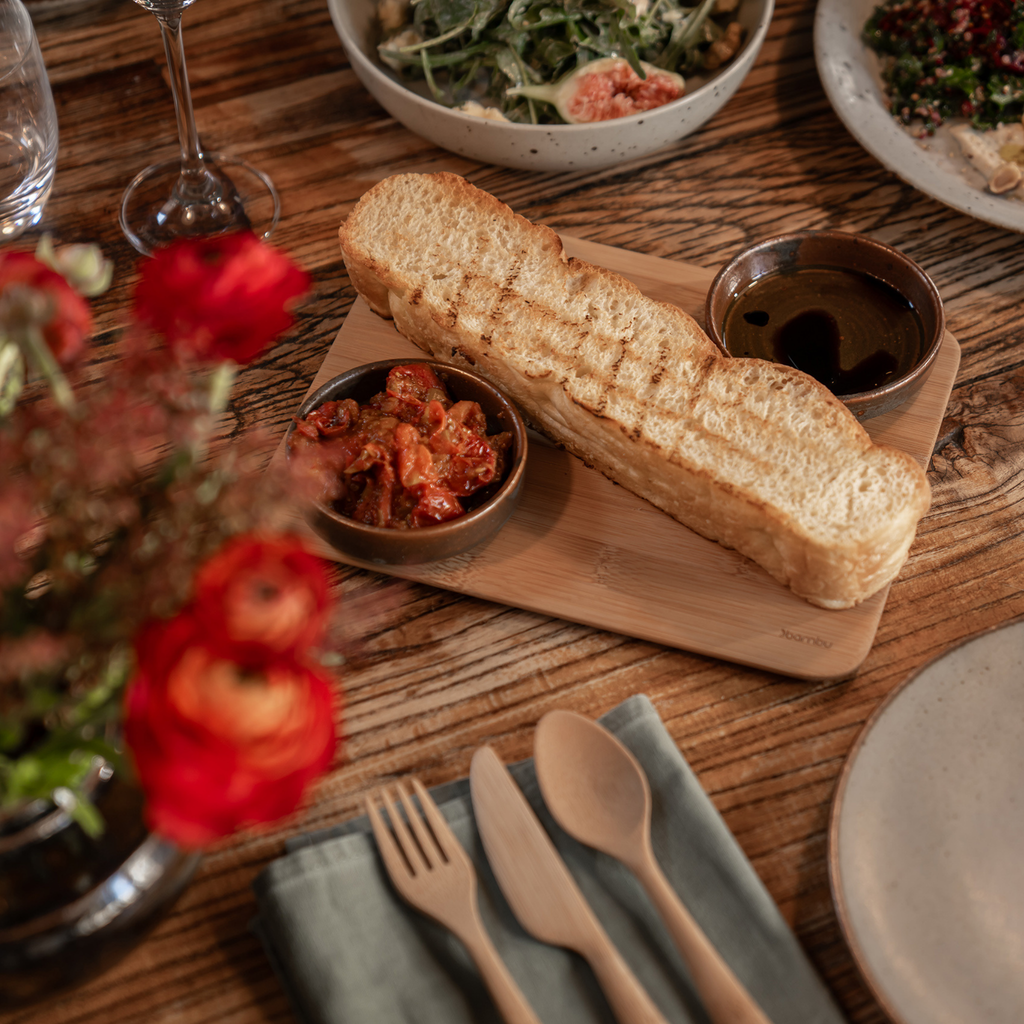Why Us. Why Now.
We recently changed our logo. It wasn't drastic. It was subtle. Some people missed it. It was time for a change.
Too many of us, it goes against business logic to change your logo. After all, a business spends an enormous amount of resources developing and creating their 'mark,' then thoughtfully applying the new trademark across different contexts; If you do these first things well, then you need to be prepared to protect your mark. A logo is often a company's most valuable asset.
Valued brands have universally recognizable logos. One does not have without the other. Branding folks frequently expound against the idea of changing your logo and remind us that brand owners frequently tire of our logo long before our customers do. This notion is no doubt true.
Some change their logo as part of an overhaul of the company positioning. Sometimes it's more frenetic than that, tearing down their logo for a new shinier one, in a drastic in an attempt to reverse a performance slide or a death spiral. And in that case, the problem is not likely to be fixed with a logo change.
Our situation was thankfully different. We understand that our logo is our signature. It is our 'trustmark' to everyone we come in contact with. It becomes shorthand for our brand business. Changing your logo shouldn't be taken lightly. It is a carefully considered project. So, we discussed it and decided to go for it. We felt it was time for a brand ‘refresh.’
Here’s why. Here's how.
We felt our logo was memorable and contemporary. It conveys that we are an eco-friendly green-minded business. The lowercase lettering is intentional. Not boastful, but understated. It is modern. The color of green is welcoming, and signals 'eco.' The leaf on the 'b' was a motif that reinforced our plant-based core promise.
It was an accurate representation of our company and conveyed some of our key attributes of what we want our customers to remember.
However, when your business is the name of a material, it comes loaded. It's a mixed bag of attributes, stigmas, and misperceptions. And after 14 years, others start to emulate you. The use of leaves has become tired and commonplace. Green leaves are overused and don't have the same meaning that they did 14 years ago. Our range of products is more diversified than when we started. Yes, we are still material-driven, and we design with only plant-based, renewable resources, but our palette has broadened and evolved. Our customer segments have changed too over time.
We went to a designer friend, Mario de Meulen, a well-accomplished strategist and branding extraordinaire whose credo is 'people ignore design that ignores people.'
We explained that when people react to our logo, they most often think bamboo. They think the material first. Now, bamboo is core to what we do and who we are. But it isn't all we do, nor does it define us. We believe we that we stand for a bigger idea. Inspired by renewable materials and sustainable practices. Our logo needed to reflect our bigger idea.
The process lasted for months. We explored numerous paths and different graphic approaches. We talked about our visual language, the brand's personality traits, and our brand story; we referenced the changing retail landscape, and how social media is redefining how we act and what we stand for, and what customers expect and desire.
We built a framework for bambu. One of the dimensions of our brand architecture is Relatable.

Old. And New.
We arrived at a solution that evolved our brand expression. It feels more grown up. More mature. It was no longer so dependent on the common and expected 'stalk with leaves.' It is stronger without being loud; More modern.

It is a mark that conveys a broader interpretation of our brand. It says that we are more than a single material type or a bamboo company. We feel it connotes a bigger idea. We have created a visual language that now includes a primary logo mark, a secondary mark, a detailed color system, and a bespoke font style. The interpretation is no longer restricted, but now more expansive with greater possibilities.
Several other businesses are undertaking logo design changes in 2017, including these two well-known brands refreshed their marks.
Calvin Klein

Top: Calvin Klein’s old logo via Wikimedia Commons. Bottom: Calvin Klein’s new logo via Wikimedia Commons
Calvin Klein announced a subtle change to its logo via Instagram. (That's a pro tip we might implement!) Their change included capitalization of its lettering, fresh typeface, and closer spacing.
The brand explained the rationale behind the overhaul being, “A return to the spirit of the original. An acknowledgment of the founder and foundations of the fashion house.”
HuffPost

Top: HuffPost’s new logo, GIF screenshot via The Huffington Post. Bottom: HuffPost’s old logo via Wikimedia Commons
The publication’s first redesign in 12 years was recently revealed. A shortened version of its name from The Huffington Post to HuffPost. It is shorthand, more hard hitting. The new mark cuts through the noise.
Redesigning your logo is more than changing the letterhead. It is a key strategic decision with long-term implications. For us, we plan on sticking with this one for at least another 14 years.
In fact, we have applied our new logo treatment to our new Outdoor brand. bambuOutdoor uses the same graphic mark, but with a different color scheme. We introduce the strapline 'outdoor naturally' here.
The blue leaf motive is clean and is meant to convey nature and blue skies. As mentioned at the beginning of this article, many people haven't even noticed our logo change. And that's okay with us. It's a refresh, so it should be a logical extension of where you were.
Logos often conjure up mixed reactions. What do you think?






